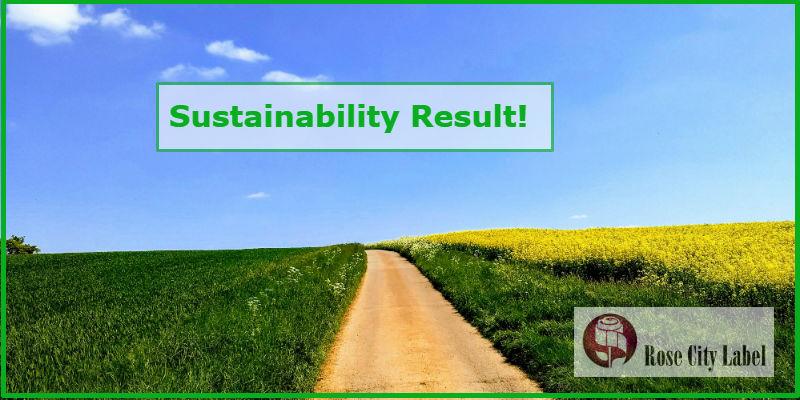Never judge a book by it’s cover we’ve heard time and time again. But we do, at some deeply emotional level, a cover either resonates with us or it doesn’t. The same is true of wine labels.
The market for wine labels is forecast to grow by 2% between 2016 and 2018, but in the Pacific Northwest, we’re pretty sure the growth’s going to be stronger that that.
With an increasingly competitive market, incorporating local producers, those from other parts of the United States, and international producers, wineries have to consider carefully the decisions they make on product marketing in order to maximize profitability for their product.
Consumers, faced with around 750 bottles to choose from (in a US supermarket) consumers will rely on wine labels, rather than looking at wine guides, reviews, advertising, and even above asking employees.
Label design has greatest influence in persuading wine novices than for connoisseurs. However, wine novices represent the vast majority of the wine market, at least by volume. They tend also to be the more price sensitive. This means therefore, that a good label design can help persuade a novice buyer to spend a little more on one wine over another, based on nothing else at all.
Generally, the advice we give out to up and coming wineries is to spend almost the same attention to planning the branding and image for your wines as you do their taste. To read more about good wine label design principles… we’ve shared this great presentation found on LinkedIn.







